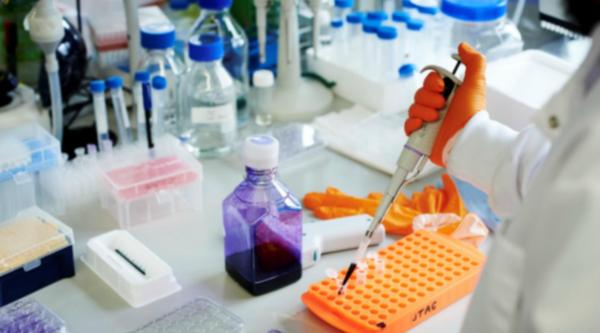Having a PET scan
What happens during a Positron Emission Tomography scan, commonly known as a PET scan? Find out from our short video.
- What’s it like to take part in research?
- Having a MRI scan
- Having a cognitive assessment
- Having a lumbar puncture
- You are here: Having a PET scan
- Having a MEG scan
Positron Emission Tomography (PET) scans are used to measure the concentration of particular molecules in the brain. There are different types of PET scan. An amyloid-PET scan measures the build-up of abnormal amyloid protein in the brain, one of the key hallmarks of Alzheimer’s disease. An FDG-PET scan measures the concentration of glucose in the brain, revealing how the brain is using energy. These scans reveal aspects of how the brain is working that can’t be seen in any other way.
For a PET scan, a special molecule called a ligand is injected into the body and attaches to particular molecules of interest in the brain. The ligand emits a small amount of radiation that is picked up by the scanner, so we can see how much of the molecule is in the brain. Although the dose of radiation is small as a precaution you may be advised to avoid prolonged close contact with pregnant women, babies or young children for a few hours after a PET scan.
A magnetic resonance imaging (MRI) scan is often carried out along with a PET scan to get detailed information about the shape and structure of the brain, so you may be asked to avoid wearing anything with metal in it.









